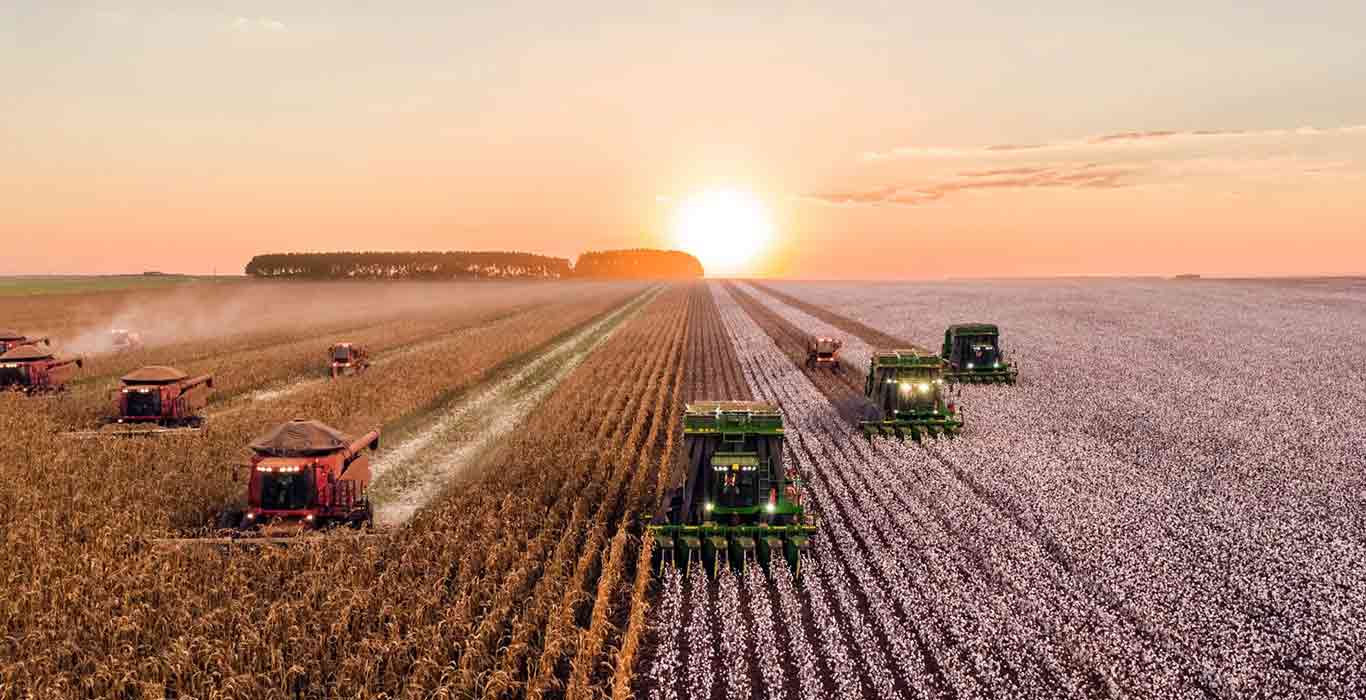Welcome To ChemAnalyst

As the first month of quarter 1 2024 concludes, the global Natural Rubber market is experiencing a significant increase in prices across major exporting and producing countries, as well as importing nations. The growth in the Natural Rubber market has been primarily driven by heightened research and development spending across the world. Despite the introduction of manufactured rubber, the Natural Rubber sector has continued to expand.
Derived from polymers of the organic compound isoprene, Natural Rubber includes minor organic component impurities and water. Malaysia holds the title of the world's largest rubber producer, and rubber goods are predominantly manufactured from Natural Rubber, often collected in the form of latex from specific trees.
The industry's expansion is attributed to targeted research and development in disciplines such as agronomic science, breeding for increased productivity, and advancements in physics, chemistry, and technology to support a growing array of applications. Cote d'Ivoire, surpassing Vietnam, now stands as the third-largest Natural Rubber producing country, with Thailand maintaining its leading position, followed by Indonesia.
However, the surge in Natural Rubber prices can be traced back to challenges faced by the industry in 2023, particularly in the upstream sector. Adverse climatic conditions and the emergence of a new leaf fall disease have significantly impacted Natural Rubber production. The industry faces difficulties as an effective diagnosis of this new disease remains elusive. Furthermore, global events, including ongoing geopolitical conflicts, the U.S. Federal Reserve's hawkish policies, and the impending European Union Deforestation-free Regulation (EUDR), have exacerbated economic strain on farmers.
In India, the Tyre Industry is grappling with disruptions in transit times and freight rates on the back of red sea incident, affecting the import of raw materials. Although there is no noticeable impact on transit times to the West coast in the context of India-US shipping, there is an 8-10 day increase in transit times to the East coast. Freight rates have doubled to the West coast, with a 40% surge to the East coast.
Rajiv Tharian, affiliated with Southland Rubber Group, a prominent processor and importer of Natural Rubber in the Indian market, noted a significant surge in freight rates, with a 300% increase on routes from Asia to Europe and a 200% increase on routes from Asia to the US. This has further contributed to the upward trend in Natural Rubber prices in the US and European regions.
Additionally, a severe shortage of containers has led to extended circulation times and significant delays in planned shipments from various locations. To mitigate the risk of shipping delays in the upcoming weeks and months, many tyre companies, particularly in the US and Europe, are aggressively procuring nearby shipments and increasing buffer stocks of raw materials, including Natural Rubber. This heightened demand has further strained the Natural Rubber supply chain, already under pressure due to lower-than-normal production in recent months from the top three producing nations—Thailand, Indonesia, and Vietnam.
As the industry enters the peak production season for Natural Rubber from November to February, concerns loom over potential shortages and increased prices, adding pressure to an already complex global supply chain.
We use cookies to deliver the best possible experience on our website. To learn more, visit our Privacy Policy. By continuing to use this site or by closing this box, you consent to our use of cookies. More info.
